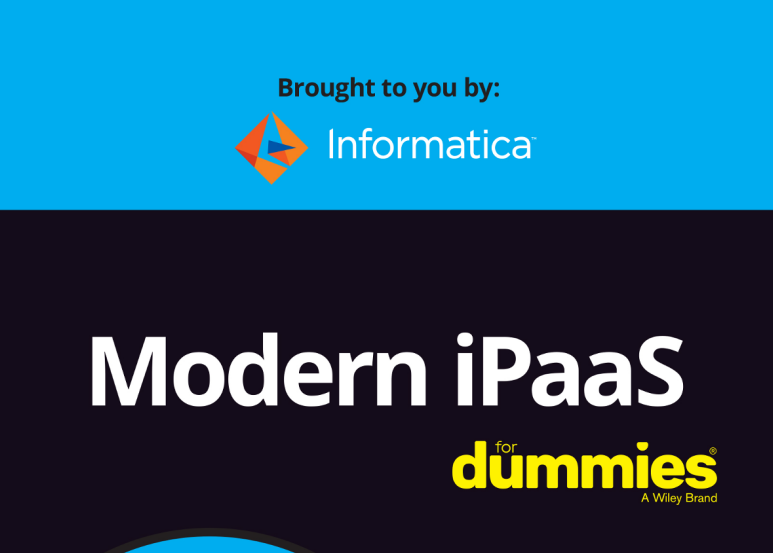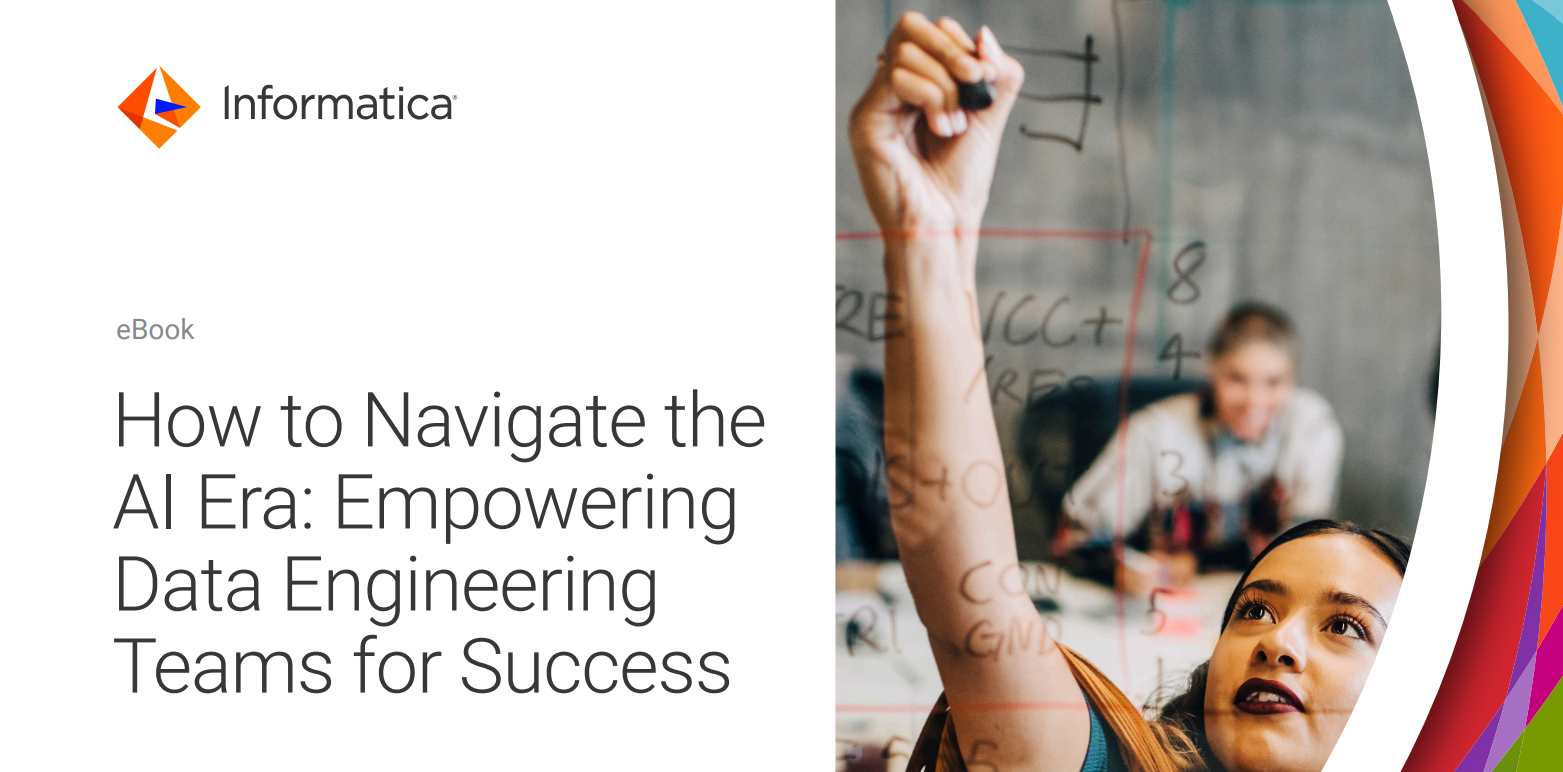
eBooks
saurav dhawale
8:43 pm - September 1, 2022
Share:
Many modern enterprises struggle to achieve their business transformation goals because their data, applications, and processes are disconnected. Islands of
infrastructure are strewn across on-premises and multi-cloud
(both public and private) environments. Plus, legacy integration
technology — such as enterprise service buses (ESBs) — is too
rigid and too expensive to maintain and takes too much time to
respond to real-time business needs.
In today’s competitive, digital-first economy, it’s time to
reimagine your integration strategy with a modern integration
platform-as-a-service (iPaaS) solution. A modern iPaaS goes
beyond “vanilla” iPaaS. Data integration, app integration, and
application programming interface (API) integration and management are table stakes. A modern iPaaS
» Supports multi-cloud and hybrid integration
» Supports application programming interface (API), data, and
app integration with zero need for coding
» Supports data management patterns, such as business-tobusiness (B2B), integration hubs, data quality, master data
management, data catalog, streaming, and mass ingestion of
streaming, files, applications, and databases
» Automates or makes efficient defining/running integration
processes using artificial intelligence (AI) metadata-driven
recommendations
» » Provides a future-proof integration roadmap with a microservices-based architecture that supports enterpriselevel scalability
» Offers a unified, trusted solution to support virtually any
integration pattern, for just about any user, for nearly any
kind of data, and for any endpoint — including mobile,
Internet of Things (IoT), B2B, and more



0 Comments